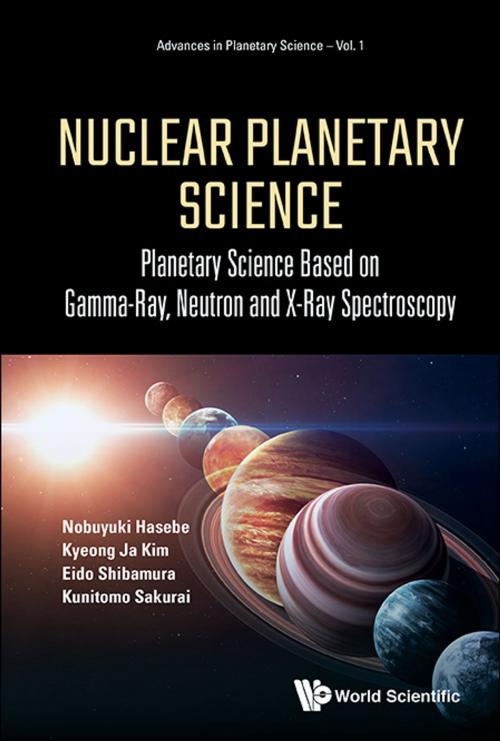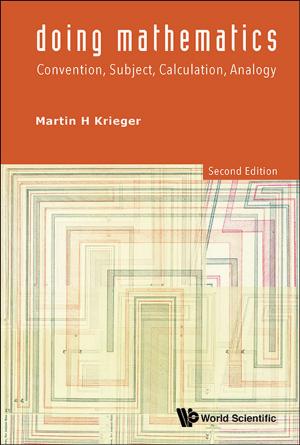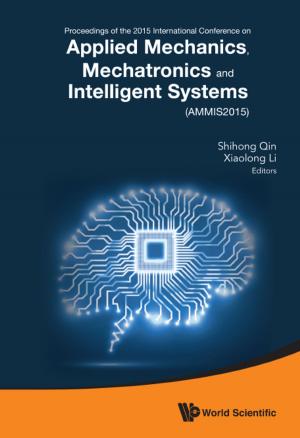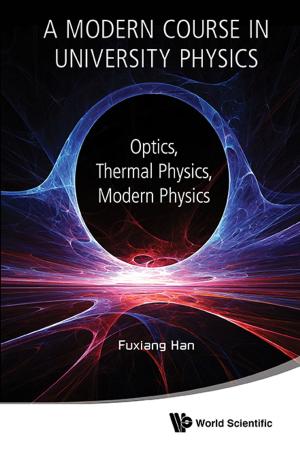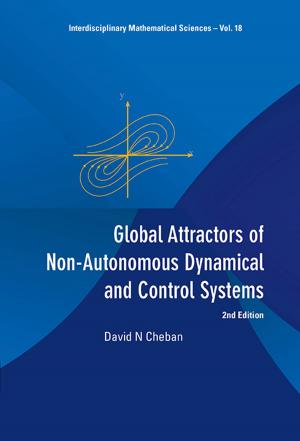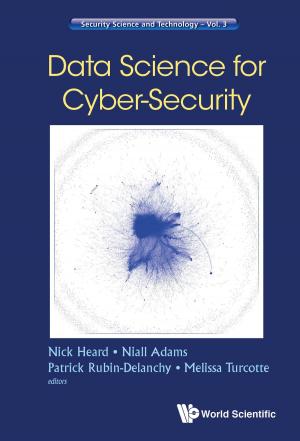Nuclear Planetary Science
Planetary Science Based on Gamma-Ray, Neutron and X-Ray Spectroscopy
Nonfiction, Science & Nature, Science, Physics, Nuclear Physics, Earth Sciences| Author: | Nobuyuki Hasebe, Kyeong Ja Kim, Eido Shibamura;Kunitomo Sakurai | ISBN: | 9789813209725 |
| Publisher: | World Scientific Publishing Company | Publication: | September 25, 2017 |
| Imprint: | WSPC | Language: | English |
| Author: | Nobuyuki Hasebe, Kyeong Ja Kim, Eido Shibamura;Kunitomo Sakurai |
| ISBN: | 9789813209725 |
| Publisher: | World Scientific Publishing Company |
| Publication: | September 25, 2017 |
| Imprint: | WSPC |
| Language: | English |
Nuclear planetary science has come to play an important role in our understanding of the origin and evolution of the planetary bodies in our solar system. A newly established branch of planetary science, its study aids in humankind's exploration of the present states of the structures of various planetary bodies (including the Earth), their atmospheres and their satellites, as well as small celestial bodies (e.g. asteroids), through direct observation. Knowing the elemental composition of the planetary bodies is essential in order to understand the formation and evolution of planetary bodies — just as important as it is to know the mass, radius, density and orbit of the celestial body.
Suitable for students and specialists interested in the much wider field of Earth and Planetary Science, topics related to the planets and asteroids in the solar system are dealt with in this book. Techniques related to nuclear planetary science's nuclear cosmochemical and geological methods are also covered in this book.
Contents:
-
Introduction:
- Planetary Science
- Nuclear Planetary Science
-
Principle of Nuclear Spectroscopy:
- Natural Source of Planetary Gamma Rays
- Active Sources of Neutrons and X-Rays
-
Nuclear Spectrometer:
- Gamma-Ray Detector
- Neutron Detector
- Active Fluorescence X-Ray Spectrometer
-
Numerical Simulation and Laboratory Experiment:
- Production of Radionuclides in Extraterrestrial
- Numerical Simulation and Thick-Target Experiment
-
Nuclear Planetary Exploration:
- Apollo Gamma-Ray and X-Ray Spectrometer
- Lunar Prospector Gamma-Ray and Neutron Spectrometers
- Kaguya Gamma-Ray Spectrometer
- Chang'E-2 Gamma-Ray Spectrometers
- Chandrayaan-1 High-Energy X-Ray/Gamma-Ray Spectrometer
- Mars Nuclear Spectrometer
- MESSENGER Gamma-Ray and Neutron Spectrometer
- Near X-Ray/Gamma-Ray Spectrometer
- Dawn Mission Gamma-Ray and Neutron Spectrometer
- Rosetta Alpha Particle X-Ray Spectrometer
-
Data Reduction:
- Response Function Analysis
- Energy Band Analysis
- Photopeak Analysis
- Ground Truth Analysis
- Spatial Deconvolution Analysis
- Independent Component Analysis
-
Major Advances in Nuclear Planetary Science:
- Moon
- Mars
- Mercury
- Asteroids
- Future Missions
-
Nuclear Planetary Science as a Tool to Study Life in the Universe:
- Introduction
- Characteristics of Life on the Present-Day Earth
- Possible Origin of Life on Earth and Other Planets
- Search for Planets and Their Associated Life in the Galaxy
- Nuclear Planetary Science as a Tool to Study Life in the Outer Space
- Some Specific Topics Associated with the Search for Life
-
Concluding Remarks
Readership: Students and specialists interested in Nuclear Planetary Science and the a much wider field of Earth and Planetary Science.
Nuclear planetary science has come to play an important role in our understanding of the origin and evolution of the planetary bodies in our solar system. A newly established branch of planetary science, its study aids in humankind's exploration of the present states of the structures of various planetary bodies (including the Earth), their atmospheres and their satellites, as well as small celestial bodies (e.g. asteroids), through direct observation. Knowing the elemental composition of the planetary bodies is essential in order to understand the formation and evolution of planetary bodies — just as important as it is to know the mass, radius, density and orbit of the celestial body.
Suitable for students and specialists interested in the much wider field of Earth and Planetary Science, topics related to the planets and asteroids in the solar system are dealt with in this book. Techniques related to nuclear planetary science's nuclear cosmochemical and geological methods are also covered in this book.
Contents:
-
Introduction:
- Planetary Science
- Nuclear Planetary Science
-
Principle of Nuclear Spectroscopy:
- Natural Source of Planetary Gamma Rays
- Active Sources of Neutrons and X-Rays
-
Nuclear Spectrometer:
- Gamma-Ray Detector
- Neutron Detector
- Active Fluorescence X-Ray Spectrometer
-
Numerical Simulation and Laboratory Experiment:
- Production of Radionuclides in Extraterrestrial
- Numerical Simulation and Thick-Target Experiment
-
Nuclear Planetary Exploration:
- Apollo Gamma-Ray and X-Ray Spectrometer
- Lunar Prospector Gamma-Ray and Neutron Spectrometers
- Kaguya Gamma-Ray Spectrometer
- Chang'E-2 Gamma-Ray Spectrometers
- Chandrayaan-1 High-Energy X-Ray/Gamma-Ray Spectrometer
- Mars Nuclear Spectrometer
- MESSENGER Gamma-Ray and Neutron Spectrometer
- Near X-Ray/Gamma-Ray Spectrometer
- Dawn Mission Gamma-Ray and Neutron Spectrometer
- Rosetta Alpha Particle X-Ray Spectrometer
-
Data Reduction:
- Response Function Analysis
- Energy Band Analysis
- Photopeak Analysis
- Ground Truth Analysis
- Spatial Deconvolution Analysis
- Independent Component Analysis
-
Major Advances in Nuclear Planetary Science:
- Moon
- Mars
- Mercury
- Asteroids
- Future Missions
-
Nuclear Planetary Science as a Tool to Study Life in the Universe:
- Introduction
- Characteristics of Life on the Present-Day Earth
- Possible Origin of Life on Earth and Other Planets
- Search for Planets and Their Associated Life in the Galaxy
- Nuclear Planetary Science as a Tool to Study Life in the Outer Space
- Some Specific Topics Associated with the Search for Life
-
Concluding Remarks
Readership: Students and specialists interested in Nuclear Planetary Science and the a much wider field of Earth and Planetary Science.
